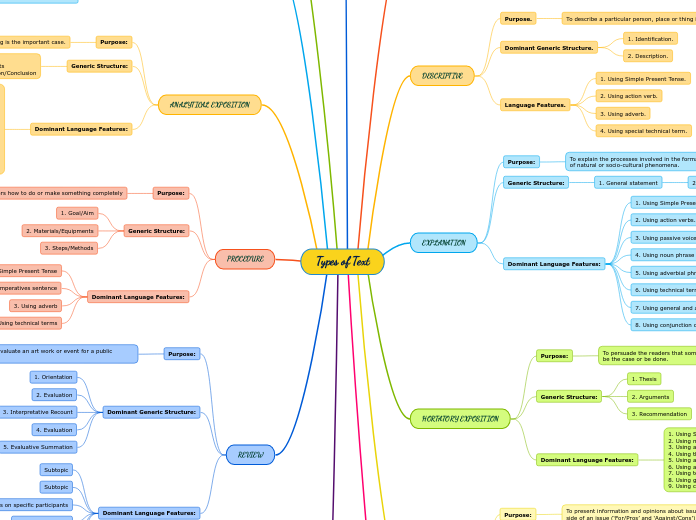da Fernanda Avila mancano 4 anni
963
Types of Text

da Fernanda Avila mancano 4 anni
963

Più simili a questo
2. Description
2. Event(s).
3. Reorientation.
2. Explanation
3. Closing
4. Reorientation (optional).
3. Resolution.
2. Complication.
1.Orientation.